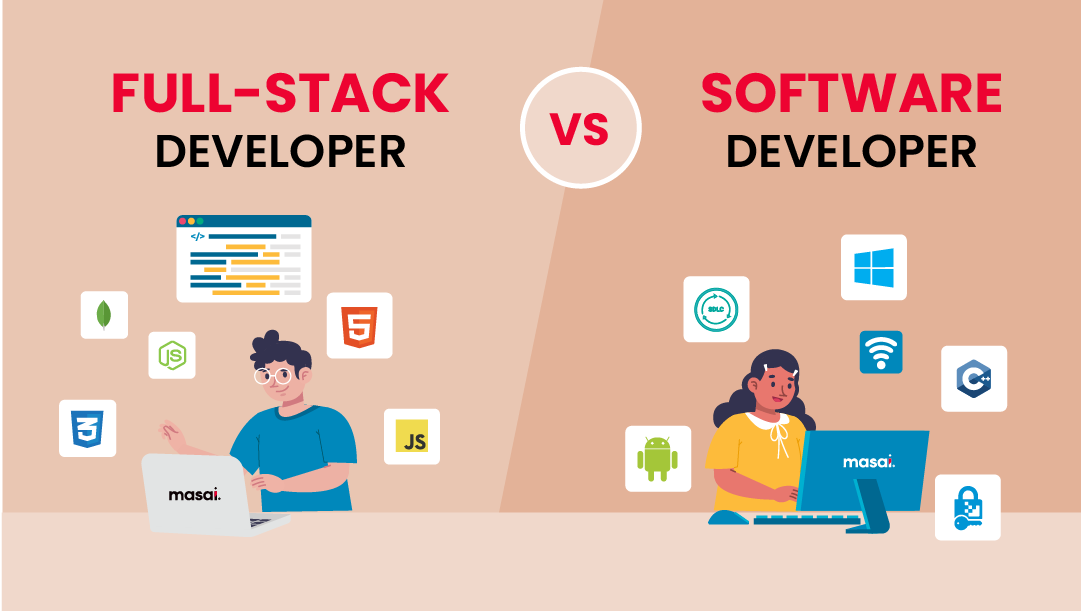Locating the Suitable Software Development Partner for Innovative Solutions
Locating the Suitable Software Development Partner for Innovative Solutions
Blog Article
Committed Developers vs. In-House Teams: Which Is Right for You?
The choice in between making use of dedicated developers and maintaining an in-house group is a significant one that can affect the trajectory of your projects and total organization approach. Alternatively, internal teams contribute to a natural firm society and a nuanced understanding of long-term goals.
Understanding Dedicated Programmers
The expanding demand for specialized skills in the tech sector has actually resulted in the development of devoted developers as a sensible remedy for lots of companies. These experts are generally contracted on a project basis, permitting business to utilize particular proficiency without the long-term dedication connected with full-time hires. Committed designers are usually embedded within a customer's team, supplying flexibility and scalability to fulfill task requirements.
This version enables companies to access a worldwide ability pool, which is particularly advantageous in a quickly developing technological landscape. Dedicated designers can be sourced from numerous geographical areas, ensuring that firms can find the appropriate ability at competitive prices. They typically bring a wealth of experience and knowledge, having actually dealt with varied tasks across various sectors.
Additionally, dedicated developers can focus specifically on the tasks available, boosting productivity and effectiveness. They are equipped to integrate effortlessly right into existing workflows, working together carefully with in-house teams to accomplish task objectives. This method not only lowers the burden of recruitment and training however additionally permits companies to remain active, adapting swiftly to transforming market needs and technical developments.
Benefits of In-House Teams

Additionally, internal teams often tend to have a deeper understanding of the firm's goal, values, and objectives. This positioning can enhance staff member interaction and motivation, as group members feel extra linked to their work and the company's success. Additionally, having a devoted internal team permits for much better alignment of purposes and methods, as these participants are continually concentrated on the business's priorities.
In-house groups also promote quicker decision-making processes, as they can react more quickly to changes and difficulties. The recognized relationships and familiarity with company procedures enable streamlined operations and reduced miscommunication. Inevitably, the combination of a natural society, positioning with organizational goals, and efficient interaction makes in-house teams a valuable possession for several companies, especially those looking to grow long-lasting development and development.
Price Considerations
When reviewing cost factors to consider, both in-house groups and dedicated designers present distinctive monetary effects for organizations. Engaging committed programmers generally involves a pay-per-project or hourly rate design, which can be affordable for website for ecommerce business organizations with varying job demands. This method permits versatility in scaling sources up or down, making sure that companies just spend for the solutions they require.
In comparison, internal groups require fixed expenses, including incomes, advantages, and overhead expenditures such as workplace and equipment. While this design offers greater control and instant availability of sources, it might bring about greater long-lasting expenditures, specifically if the workload does not justify a full-time staff.
Additionally, companies need to think about the surprise prices associated with recruitment and training of internal workers, which can additionally stress budgets. In many cases, the time and sources invested in managing an internal team can take away from the organization's core business objectives.

Project Monitoring and Flexibility
Job administration and flexibility are critical elements that affect the option between internal teams and committed designers. Devoted groups usually have established processes for managing tasks successfully, leveraging particular methodologies like Agile or Scrum, which promote iterative progression and versatility.

Ultimately, the choice between internal groups and specialized programmers depends upon the wanted level of flexibility and the particular task management demands. Companies must examine their functional characteristics, task intricacy, and resource accessibility to identify which option straightens finest with their calculated objectives.
Making the Right Choice
Picking the best growth method-- dedicated designers or internal groups-- requires a cautious analysis of various aspects that straighten with a company's critical objectives. On the other hand, in-house groups can give much better connection and integration with existing workers.
Following, evaluate your budget plan. Dedicated designers often provide an affordable option for temporary projects, while in-house teams may incur higher long-term costs due to incomes, benefits, and expenses expenses. Evaluate the degree of control and partnership desired; internal groups usually cultivate more powerful communication and placement with firm culture.
If instant results are needed, specialized programmers can be onboarded swiftly, whereas constructing an internal group takes time for employment and training. If continuous development is crucial, spending in an internal group may produce better returns over time.
Final Thought
In final you could try here thought, the decision in between committed developers and internal groups hinges on job requirements and business goals. Conversely, in-house groups grow a natural society and much deeper positioning with long-term objectives.
The choice between making use of devoted programmers and maintaining an in-house group is a significant one that can influence the trajectory of your projects and general organization technique.Job management and versatility are important aspects that affect the option between in-house groups and specialized developers. nearshore software development.In comparison, in-house groups might stand out in maintaining a constant project administration framework due to their Your Domain Name experience with the organization's culture and long-lasting objectives. Committed designers usually offer a cost-effective option for short-term tasks, while internal groups might incur greater lasting expenses due to incomes, benefits, and expenses expenses.In final thought, the decision between specialized developers and internal groups hinges on project requirements and organizational objectives
Report this page